
Chinese New Year is a time of great celebration when families gather to enjoy delicious food together. From spring rolls and dumplings to longevity noodles, food is a key part of the festivities and various dishes hold special significance. As we usher in the Year of the Dragon in 2024, Real Foods explores some vibrant vegan recipe ideas that honour the rich culinary traditions of Chinese New Year.
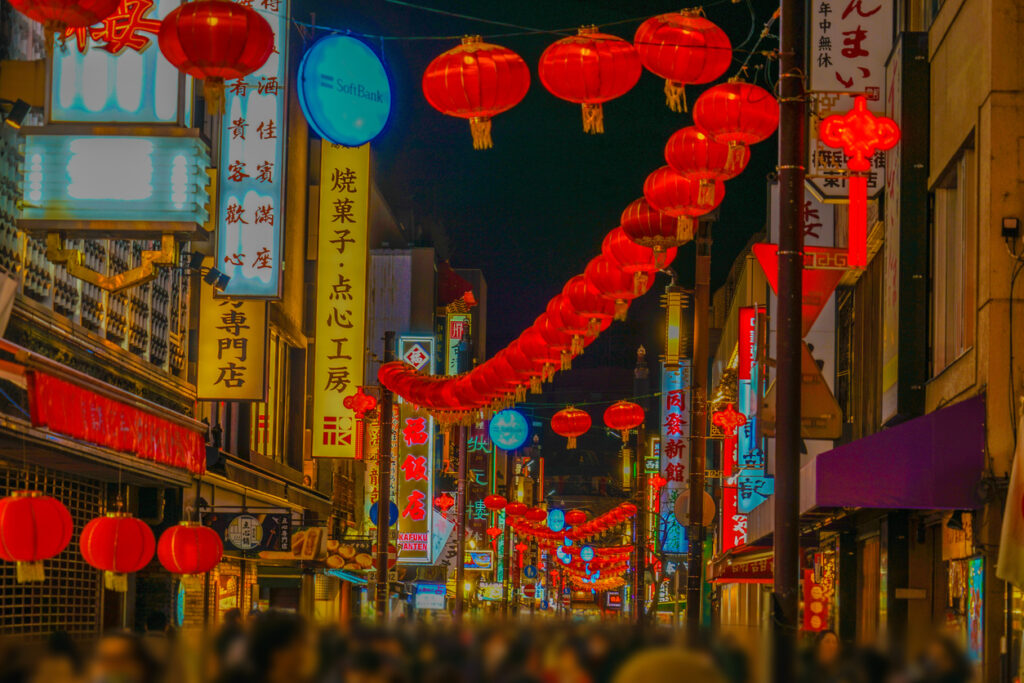
The significance of food in Chinese New Year celebrations
Chinese New Year is also known as the Spring Festival or the Lunar New Year. This is because it signifies the beginning of the year according to the lunisolar calendar. Firecrackers, red decorations and the traditional lion dance are all key parts of the festivities. But one central theme is enjoying quality time with loved ones, sharing food at reunion dinners. These are usually held on the night before Chinese New Year.
Many of the foods that are eaten during reunion dinners have symbolic meanings often associated with wealth and good fortune. Dumplings, for example, are popular because they are similar in shape to ancient Chinese gold or silver ingots.
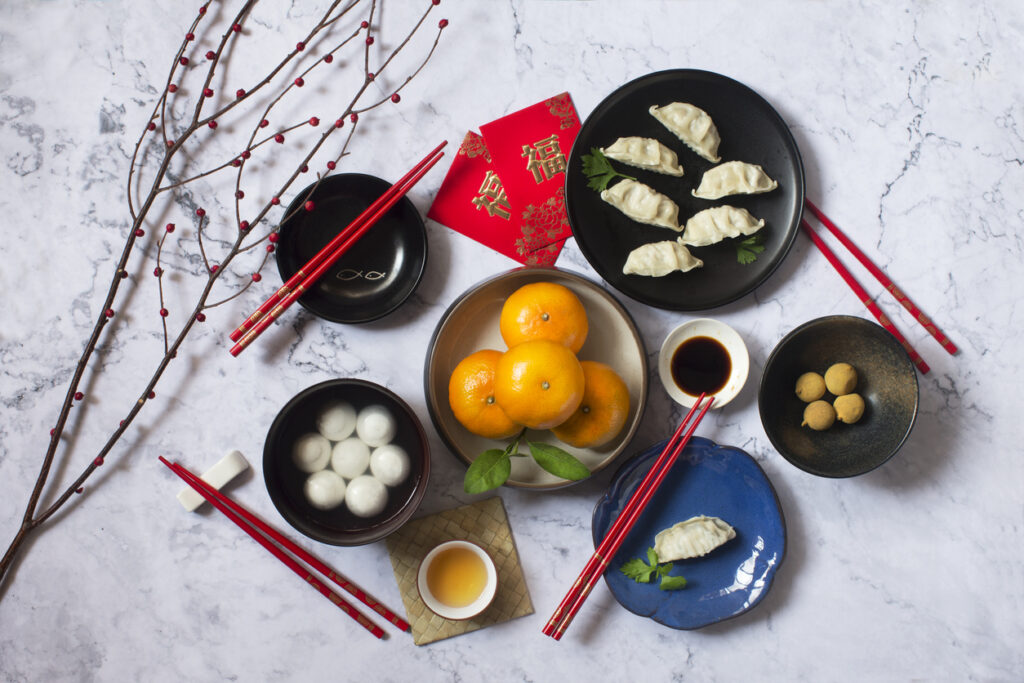
Embracing tradition: Symbolic vegan dishes for good fortune
The customs associated with Chinese New Year vary from region to region. In Northern China, families get together to make Jiaozi, which are dumplings filled with peanuts, dates, chestnuts and vegetables. Sometimes coins are hidden in the fillings as a symbol of good luck. In Southern China, it is common to eat rice dumplings. Another popular tradition is for the family to gather around the stove to eat
sunflower seeds after the New Year’s Eve dinner. In Hong Kong, it is common to eat vegetarian food on the first day of the New Year. The Cantonese word for vegetables sounds similar to the word for wealth, so this is seen as an auspicious thing to do.
Welcoming the Year of the Dragon with vegan delights
If you are planning to celebrate Chinese New Year but need to cater for vegetarian and vegan diets, you will be pleased to know that many classic dishes can easily be adapted to plant-based variations. A few substitutions will help cater for different dietary requirements without losing the symbolism and cultural significance of the event.
Crafting the vegan feast: Essential ingredients and substitutes
Experiment with various vegetable combinations, spices and sauces to create delicious and authentic main meals, sides and desserts. You might like to share the experience of cooking with friends and family, in the spirit of unity and togetherness.
Plant-based alternatives to meat such as tofu, tempeh and seitan can be used to recreate traditional meat-based dishes. Vegan versions of spring rolls and dumplings can easily be made using vegetables, without compromising on taste or texture.

Some store cupboard items that you might like to stock up on include low-sodium soy sauce or tamari, toasted sesame oil, rice vinegar, brown rice, vegan noodles, spring roll wrappers, Chinese five spice, dried chilli flakes, garlic and ginger. You will also need a good quality wok.
Starter sensations: Vegan takes on traditional appetisers
Spring rolls, known as Chun Juan in Chinese, are a classic appetiser. In fact, they are named after the Spring Festival, which is the alternative name for Chinese New Year. They are viewed as symbols of wealth and prosperity because they resemble the shape of gold bars.
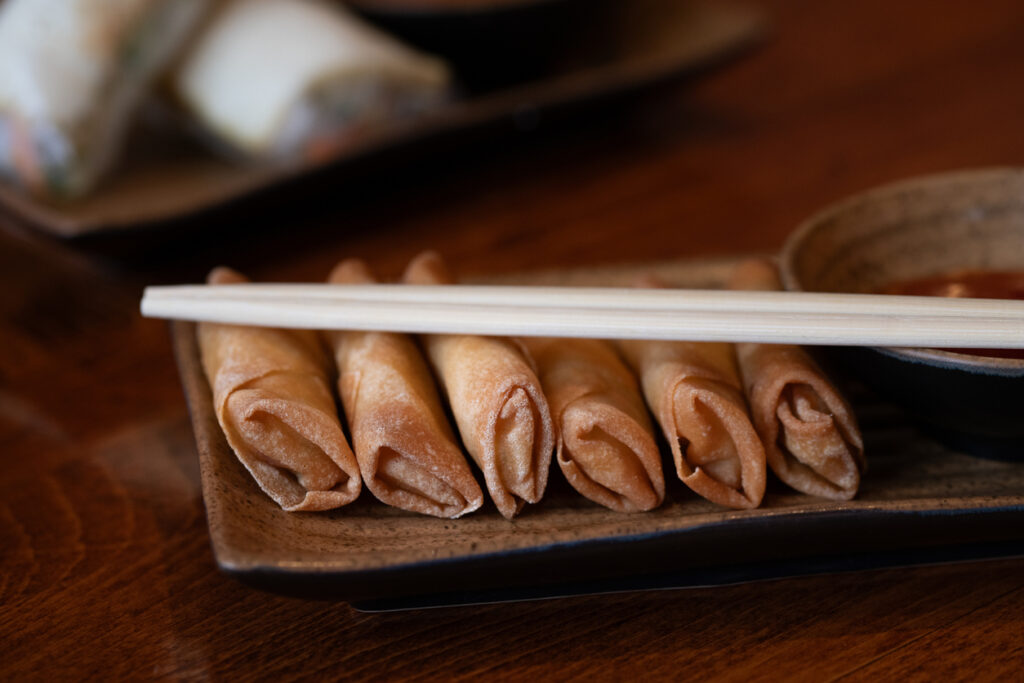
To make vegan spring rolls, finely chop a mixture of vegetables such as Chinese leaf cabbage, carrots, beansprouts and spring onions and cook them in a wok with a dash of tamari or soy sauce. Wrap up the rolls using spring roll wrappers and fry over a high heat for about a minute on both sides. For a healthier alternative to deep frying, try brushing your spring rolls with a little bit of oil and baking them in the oven.
DIY vegan dumpling workshop: A family activity
Dumplings are another traditional appetiser that can easily be made vegan. Making and eating dumplings together is a much-loved family activity, particularly during Chinese New Year. You can buy ready-made dumpling wrappers, but it’s more fun to make your own from scratch! Here is a simple recipe.
For the dough: Place 300g of all-purpose flour with a pinch of salt in a bowl. Gradually add 150ml of water whilst stirring until a dough forms. Knead the dough on a floured surface for about 10 minutes. Cover and allow to rest for around 30 minutes.
To make the filling: In a wok, heat a tablespoon of sesame oil and fry 240g of shredded cabbage, 120g of shredded carrots, 120g of thinly sliced mushrooms, 3 thinly sliced spring onions, 1 teaspoon of minced garlic and 1 teaspoon of grated ginger. Add 2 tablespoons of soy sauce and salt and pepper to taste. Cook over a medium-high heat for around 6-8 minutes. Transfer to a bowl and allow to cool completely.
To create the dumplings: Roll the dough into a long log and cut it into small pieces. Roll each piece into a small, thin circle (about 3-4 inches in diameter). Place a spoonful of the filling in the middle of each circle, fold over the dough and press the edges to seal, creating a semi-circular shape.
Get cooking: Fill a large saucepan with water and bring to the boil. Add a drizzle of oil and drop in as many dumplings that will comfortably fit in the pan. When the dumplings float to the surface, wait for another 1 to 2 minutes before removing them from the pan.
The finishing touch: Serve the dumplings with a dipping sauce made from soy sauce, vinegar and a dash of sesame oil.
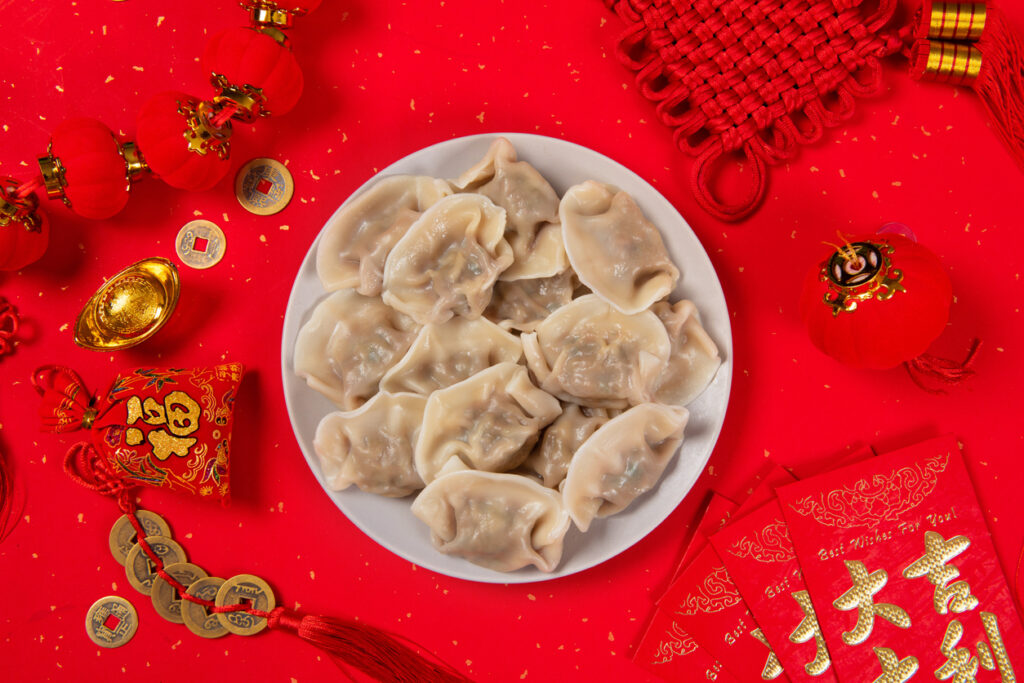
Main event: Plant-based versions of classic main courses
Longevity Noodles, or Chang Shou Mian, are a classic main meal served during Chinese New Year celebrations and lend themselves well to plant-based variations. It is said that whoever eats them will enjoy a long and healthy life. Just make sure you keep them long and don’t trim them down!
To make your own longevity noodles, stir fry a range of colourful veggies, such as chopped carrots, peppers, mushrooms, mangetout, bean sprouts and spring onions. You might want to add some tofu for protein and added texture. Cook a packet of vegan noodles according to the instructions, then drain and set aside.
Create a tasty sauce by whisking together 3 tablespoons of soy sauce or tamari, 2 tablespoons of rice vinegar, 1 tablespoon of agave nectar, 1 tablespoon of sesame oil, 1 teaspoon of grated ginger and 2 minced cloves of garlic. Combine the noodles, cooked veg and sauce in the pan. Stir well and serve garnished with spring onions.
Lo Han Jai, also known as Buddha’s Delight, is another popular main dish which is often enjoyed at Chinese New Year. It is made with a variety of vegetables, such as mangetout, bean sprouts, carrots, baby corn, mushrooms, water chestnuts and bamboo shoots.
Other ideas for main dishes include sweet and sour tempeh, for a plant-based, protein-packed twist on sweet and sour pork. Mapo tofu can be made vegan by using chopped shiitake mushrooms instead of ground pork for some umami deliciousness.
Sides and condiments: Complementing your feast
A selection of side dishes will add flavour and interest to your vegan Chinese New Year feast. It will also make for a spectacular spread on the table! One very simple side dish is to create an Asian salad from a pre-chopped bag of coleslaw tossed in a dressing made from rice wine vinegar, lime zest, lime juice, black pepper and salt.
Other ideas for delicious side dishes include grilled aubergine in garlic sauce, stir-fried green beans in soy sauce with red pepper flakes, or roasted cauliflower “wings” with Sriracha.
Sweet endings: Vegan desserts and sweet treats
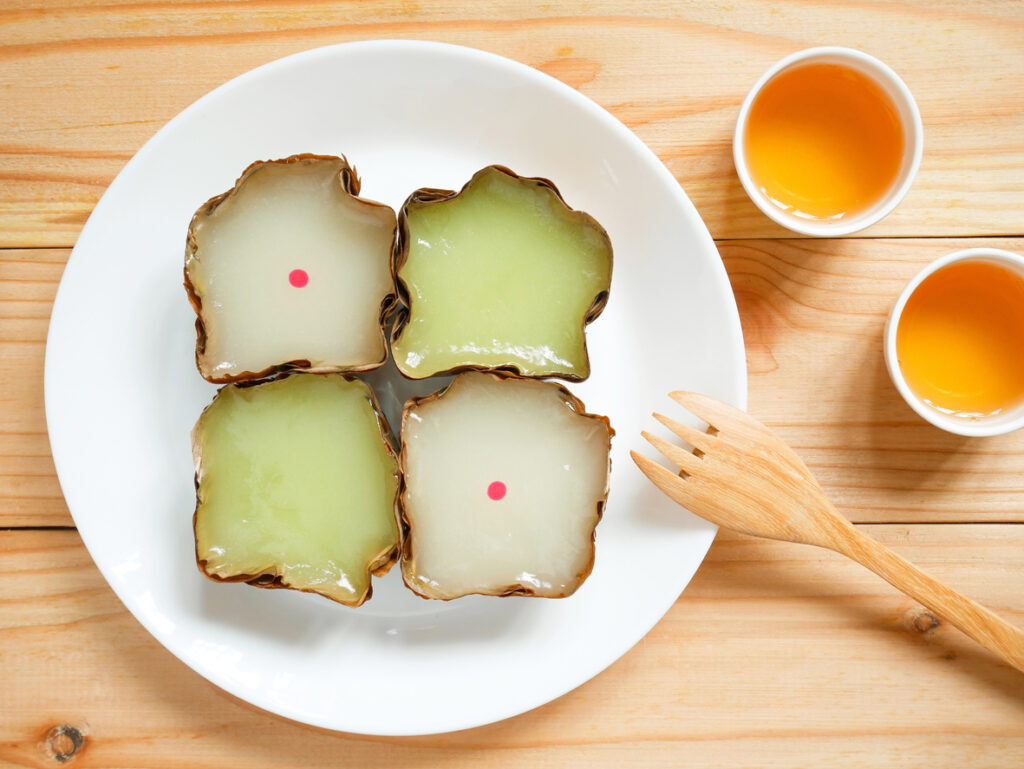
No Chinese New Year banquet is complete without some delicious dessert options. Eight Treasure Rice, or Ba Bao Fan, is a sticky rice dish made with eight different dried fruits, signifying abundance and wealth. Nian Gao is a popular sweet rice cake made from glutinous rice flour, water, and sugar, which symbolises growth and the hope of a good year ahead. Tang Yuan are rice balls filled with sweet fillings such as sesame paste, red bean paste, or sweetened coconut, which are served during the Lantern Festival, marking the end of the Chinese New Year celebrations.
Celebrating a new beginning with compassionate cuisine
We hope this has given you some inspiration for your vegan Chinese New Year celebration. Have fun experimenting with ingredients to create some delicious plant-based versions of traditional Asian cuisine!







